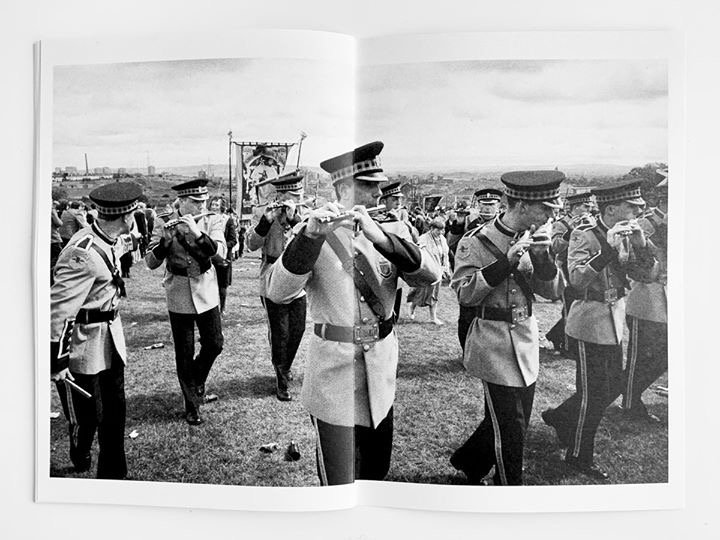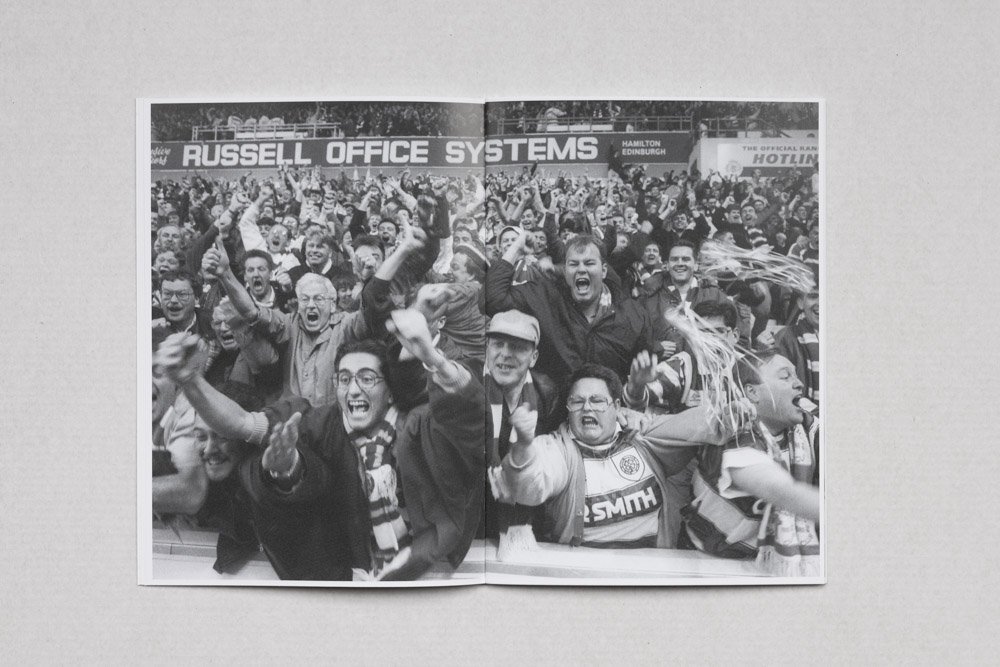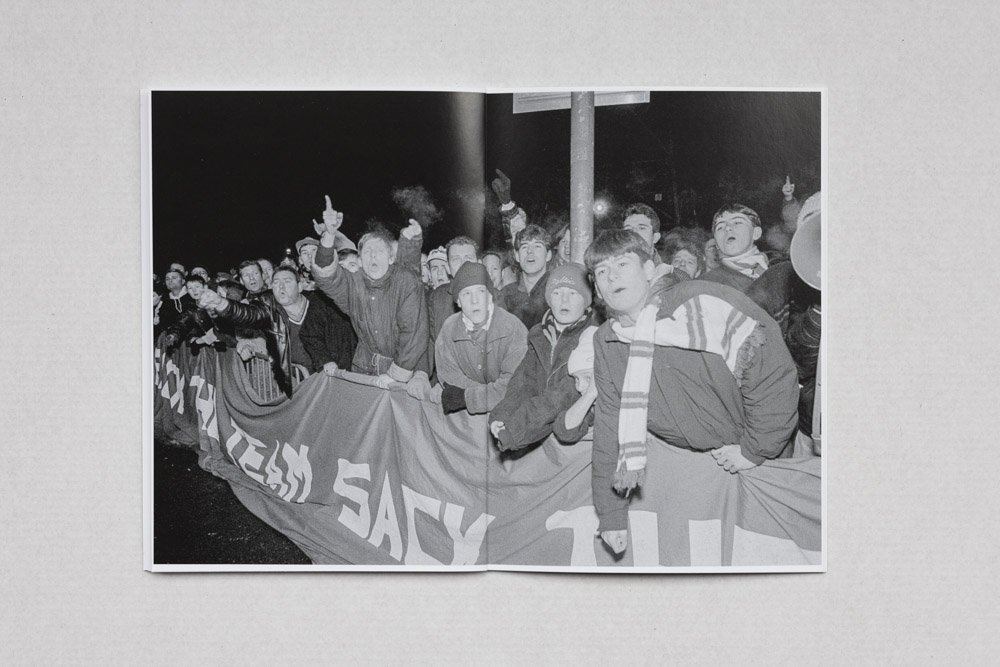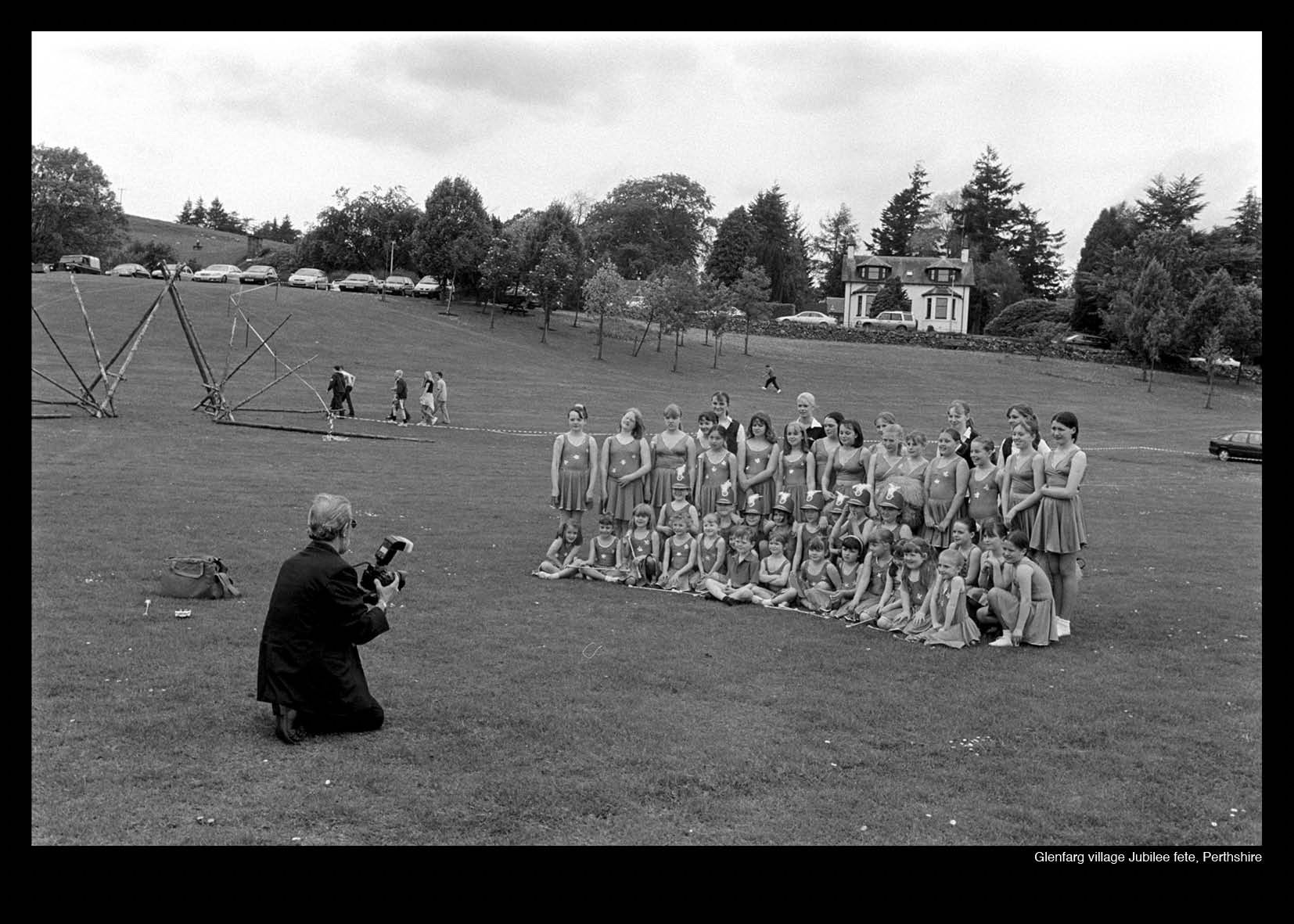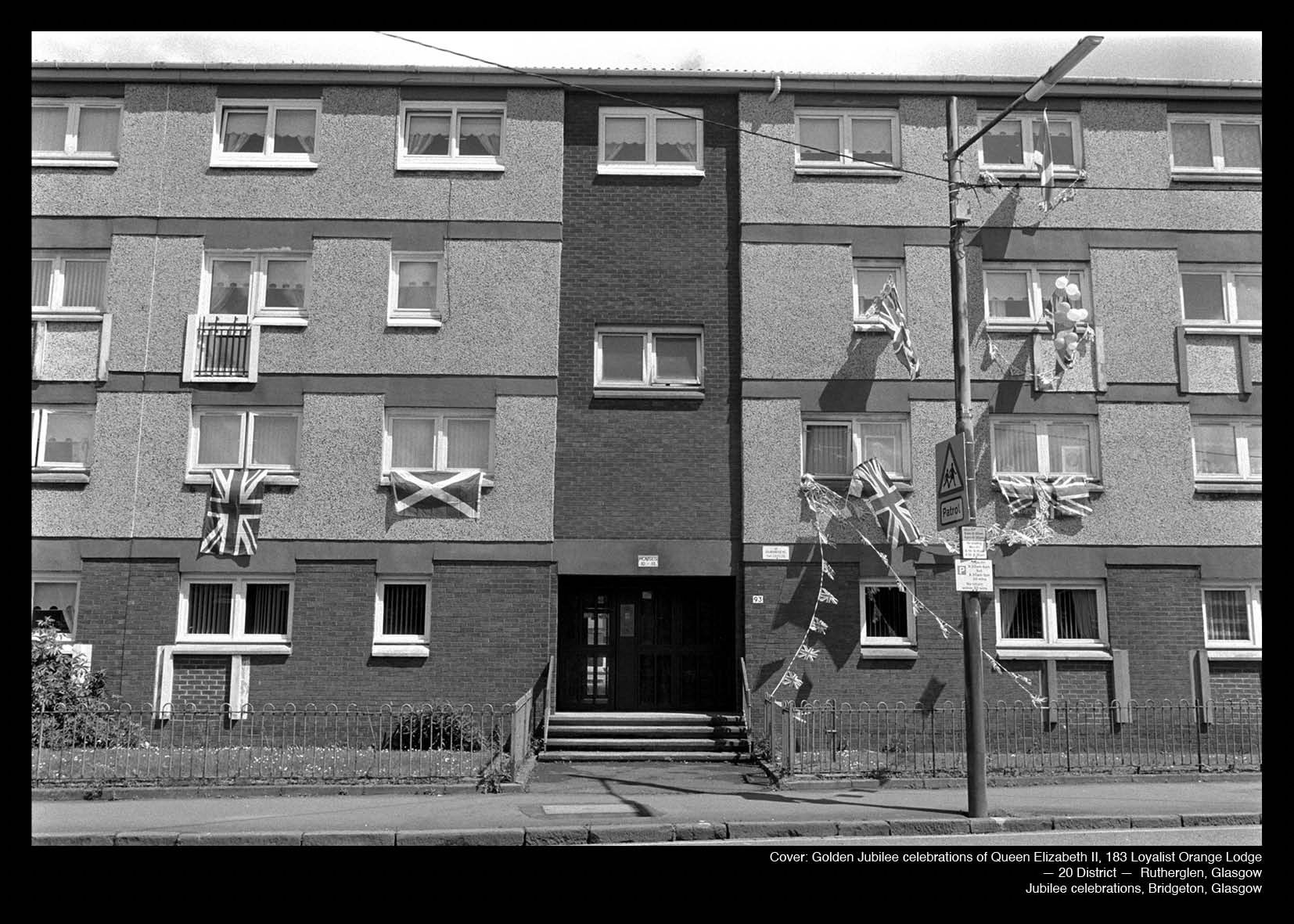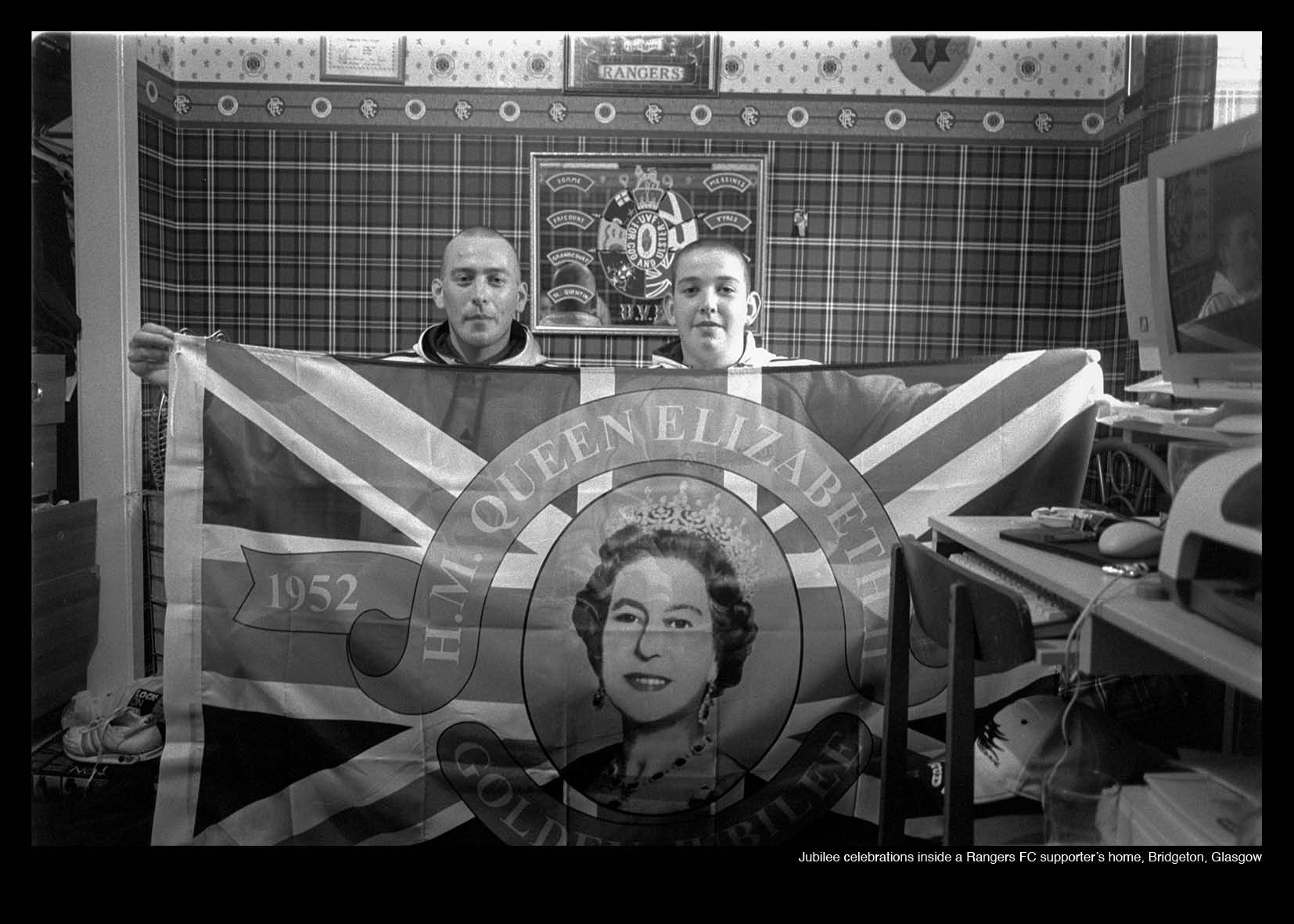 Image 1 of 43
Image 1 of 43

 Image 2 of 43
Image 2 of 43

 Image 3 of 43
Image 3 of 43

 Image 4 of 43
Image 4 of 43

 Image 5 of 43
Image 5 of 43

 Image 6 of 43
Image 6 of 43

 Image 7 of 43
Image 7 of 43

 Image 8 of 43
Image 8 of 43

 Image 9 of 43
Image 9 of 43

 Image 10 of 43
Image 10 of 43

 Image 11 of 43
Image 11 of 43

 Image 12 of 43
Image 12 of 43

 Image 13 of 43
Image 13 of 43

 Image 14 of 43
Image 14 of 43

 Image 15 of 43
Image 15 of 43

 Image 16 of 43
Image 16 of 43

 Image 17 of 43
Image 17 of 43

 Image 18 of 43
Image 18 of 43

 Image 19 of 43
Image 19 of 43

 Image 20 of 43
Image 20 of 43

 Image 21 of 43
Image 21 of 43

 Image 22 of 43
Image 22 of 43

 Image 23 of 43
Image 23 of 43

 Image 24 of 43
Image 24 of 43

 Image 25 of 43
Image 25 of 43

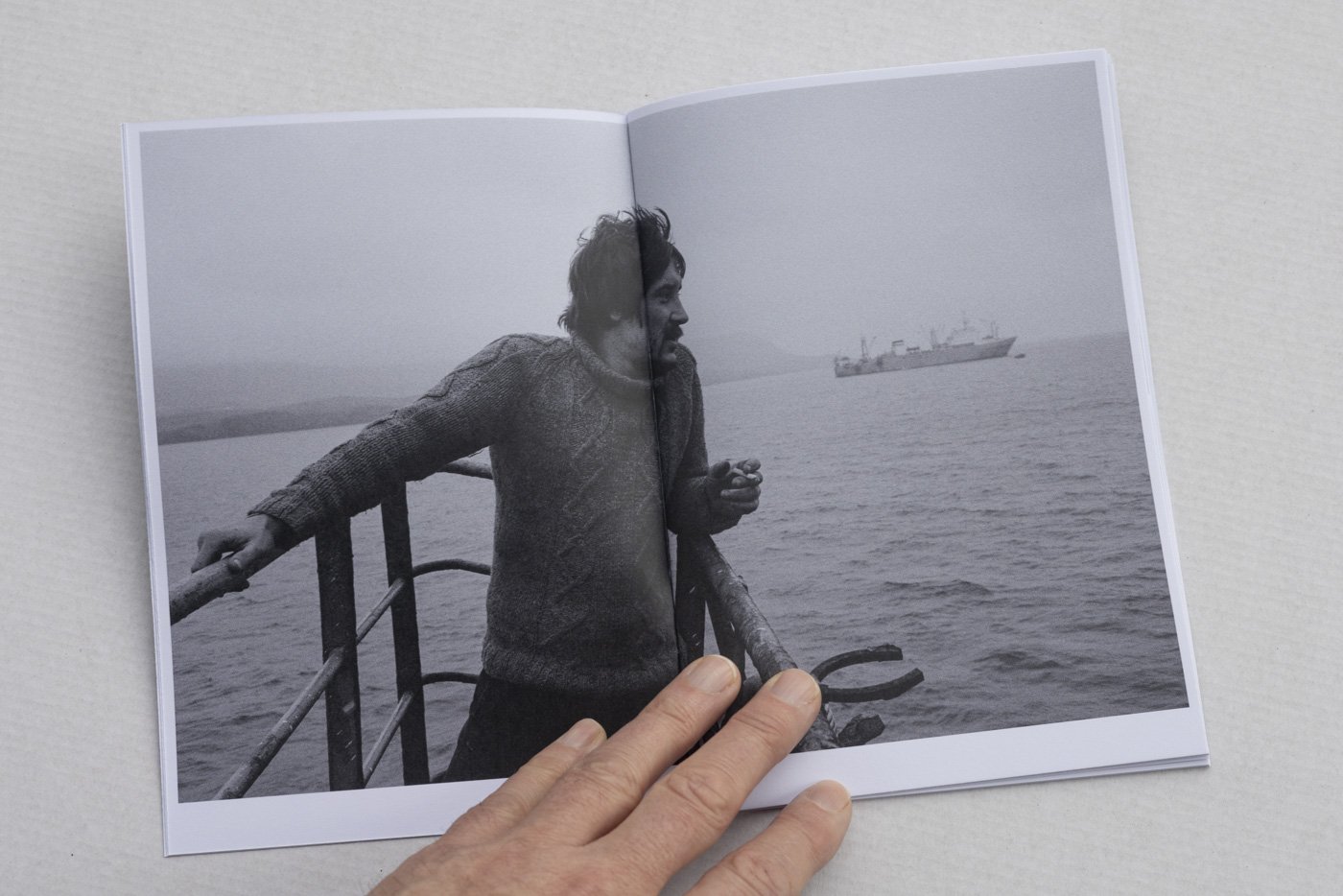 Image 26 of 43
Image 26 of 43

 Image 27 of 43
Image 27 of 43

 Image 28 of 43
Image 28 of 43

 Image 29 of 43
Image 29 of 43

 Image 30 of 43
Image 30 of 43

 Image 31 of 43
Image 31 of 43

 Image 32 of 43
Image 32 of 43

 Image 33 of 43
Image 33 of 43

 Image 34 of 43
Image 34 of 43

 Image 35 of 43
Image 35 of 43

 Image 36 of 43
Image 36 of 43

 Image 37 of 43
Image 37 of 43

 Image 38 of 43
Image 38 of 43

 Image 39 of 43
Image 39 of 43

 Image 40 of 43
Image 40 of 43

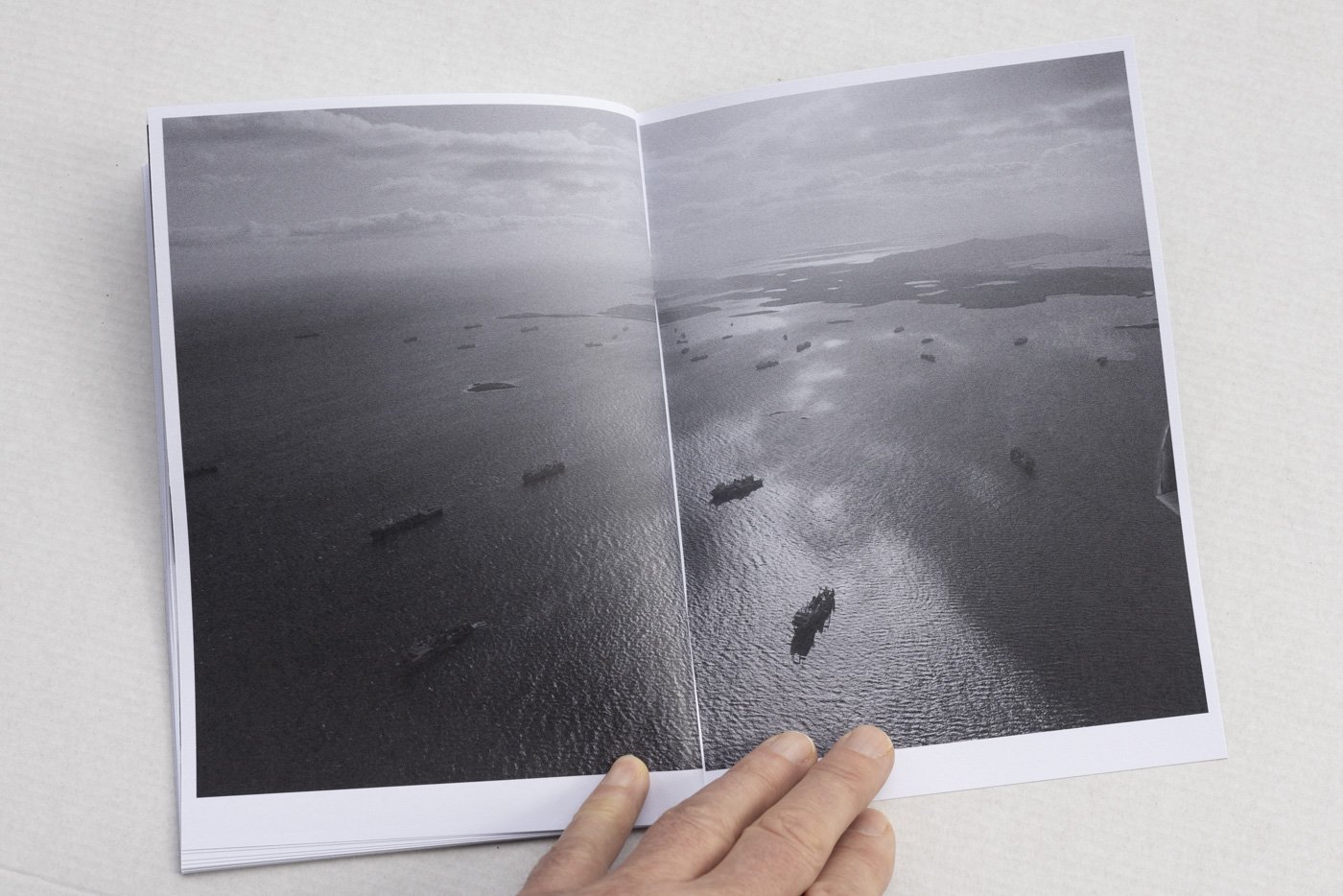 Image 41 of 43
Image 41 of 43

 Image 42 of 43
Image 42 of 43

 Image 43 of 43
Image 43 of 43












































SHETLAND - Braer '93 & Klondykers '94 - Set of two zines
Braer Oil Disaster, 1993 and Klondykers, Shetland 1994
Discounted SET of Two zines.
DISCOUNTED PRICE £14.00
Klondykers, Shetland Isles, 1994
A5
40 Pages
27 Black and white photographs
Klondykers, East European fish factory ships, which in the early 1990’s dominated the seas and horizon off of the Shetland Isles, Scotland.
There they awaited buying up precious cargos of herring and mackerel to take back, tined or frozen, to Eastern Europe in the immediate years after the fall of Communism.
Three ships ran aground, others were detained in port, deemed unseaworthy and their owner companies refusing to bail them out.
Crews of two ships, the Aktinia and Rotalia, went unpaid and scavenged to make a living from the waste dumps of Shetland.
All the while waiting for the silver fish.
Featured ships show images from life on board the Boris Syromatnikov, from Murmansk, and the Krasnoputilovets. And the Pionersk, which ran aground on the rocks at Trebister Ness.
—
Braer Oil Disaster, Shetland 1993
Braer Oil Disaster, 1993
A5 size
40 Pages
32 Black and white photographs
In early January 1993 I received a call from a newspaper picture editor asking me to go to the Shetland Isles to be part of a team reporting on the wrecking of the MV Braer, a tanker carrying 85,000 tonnes of crude oil, which was being driven ashore in wild storms. An environmental disaster was unfolding.
I flew north with the then Secretary of State for Scotland, Ian Lang, in a small plane, with views down to the Braer being buffeted by the storm’s waves as we arrived.
The tanker ship lay off Garths Ness, relentlessly pounded by the severe weather. Reaching the wreck was a walk along a farm track, up onto the cliffs, where you could photograph briefly, before having to wipe the oily spray from your camera lens.
By the end of my days there the ship had broken, and the bow stood out of the water. I believe nothing is now visible above water. But these images tell the story of that wild week in 1993. - Jeremy Sutton-Hibbert.
Braer Oil Disaster, 1993 and Klondykers, Shetland 1994
Discounted SET of Two zines.
DISCOUNTED PRICE £14.00
Klondykers, Shetland Isles, 1994
A5
40 Pages
27 Black and white photographs
Klondykers, East European fish factory ships, which in the early 1990’s dominated the seas and horizon off of the Shetland Isles, Scotland.
There they awaited buying up precious cargos of herring and mackerel to take back, tined or frozen, to Eastern Europe in the immediate years after the fall of Communism.
Three ships ran aground, others were detained in port, deemed unseaworthy and their owner companies refusing to bail them out.
Crews of two ships, the Aktinia and Rotalia, went unpaid and scavenged to make a living from the waste dumps of Shetland.
All the while waiting for the silver fish.
Featured ships show images from life on board the Boris Syromatnikov, from Murmansk, and the Krasnoputilovets. And the Pionersk, which ran aground on the rocks at Trebister Ness.
—
Braer Oil Disaster, Shetland 1993
Braer Oil Disaster, 1993
A5 size
40 Pages
32 Black and white photographs
In early January 1993 I received a call from a newspaper picture editor asking me to go to the Shetland Isles to be part of a team reporting on the wrecking of the MV Braer, a tanker carrying 85,000 tonnes of crude oil, which was being driven ashore in wild storms. An environmental disaster was unfolding.
I flew north with the then Secretary of State for Scotland, Ian Lang, in a small plane, with views down to the Braer being buffeted by the storm’s waves as we arrived.
The tanker ship lay off Garths Ness, relentlessly pounded by the severe weather. Reaching the wreck was a walk along a farm track, up onto the cliffs, where you could photograph briefly, before having to wipe the oily spray from your camera lens.
By the end of my days there the ship had broken, and the bow stood out of the water. I believe nothing is now visible above water. But these images tell the story of that wild week in 1993. - Jeremy Sutton-Hibbert.








































